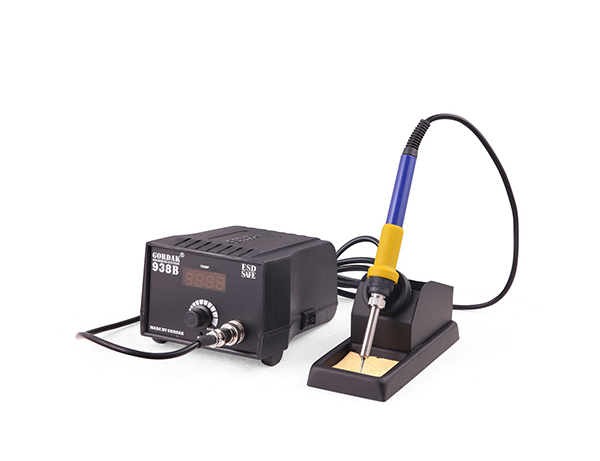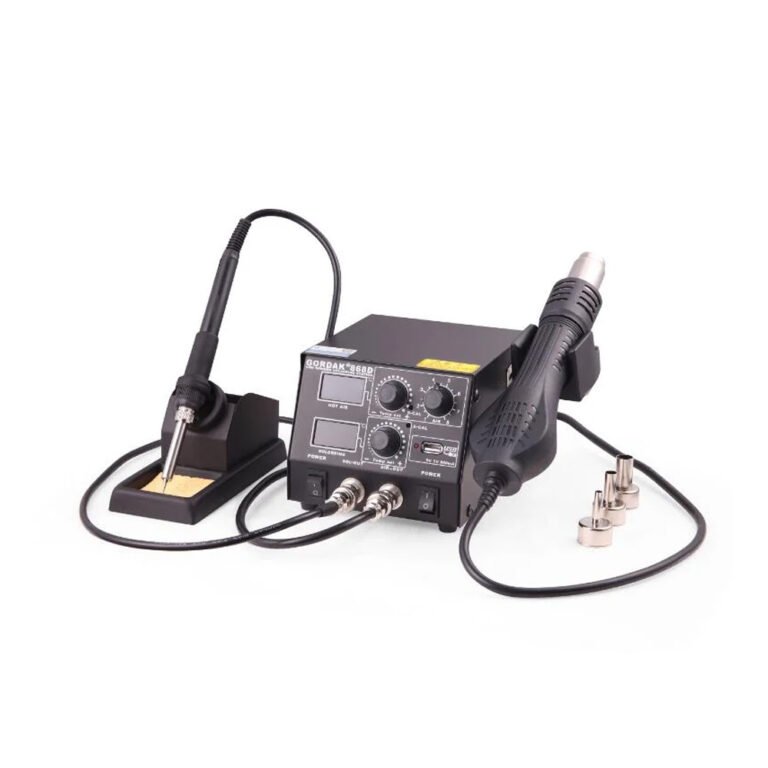Soldering can be an incredibly effective technique to use – however, making sure that you have soldered carefully is hugely important. In line with this thought, today, we’re looking at some of the key tips you should be following to help avoid causing damage to your circuit boards while soldering; hopefully, this will allow you to find the optimal approach for your own circuit board soldering efforts.

4 Tips To Avoid Damaging Circuit Boards When Soldering
There are a number of techniques to note when soldering delicate electronics, such as circuit boards. Indeed, it can often be easy to make mistakes when soldering; as such, knowing the potential issues may help avoid damaging the components you are attempting to solder.
#1 Pick The Correct Soldering Iron
It may seem obvious, but one of the most important factors to keep in mind when soldering to ensure you are using the correct soldering iron is crucial when it comes to delicate electronics. Typically, the best soldering irons are those with variable temperature settings, which allow you to adjust the temperature accordingly to avoid damaging the circuit board. Nevertheless, fixed temperature options can still be used; however, you should always make sure that your chosen iron is a suitable temperature for the project in question.
#2 Invest in a Reworking Station
If you do make a mistake, consider investing in a reworking station. Indeed, reworking stations are ideal for adjusting or removing solder; however, they should not be used to solder components together directly due to the lack of precision and control.
#3 Use The Right Solder Material
It’s not just the soldering iron that should be right for your project; choosing the right solder is another essential factor to consider as part of this. Indeed, different solders have different properties, which can potentially damage your materials.
There are two main types of solder used in electronics: lead-based and non-lead-based solder. Lead-based solder offers a lower melting point and is generally easier to work with, but there are naturally potential health risks associated with these, and high temperature irons could cause excessive melting and damage. Alternatively, non-lead-based solder may have a slightly higher melting point, which can be easier to control; however, it is better for the environment and your health. Choosing the right solder can also influence the chance of accidentally damaging the board, so take care with this to select the most appropriate option.
#4 Always Use Additional Supports
Soldering can be an incredibly complex and intricate process; as such, making sure you have plenty of supports in place is crucial to keep things stable and steady. Support stands can help hold the circuit board in place while you solder, preventing wobbling and risk; this also helps to free up both hands, allowing you to focus more carefully on the task at hand. Some stands even come with a magnifier to help when working on very small or intricate electronics, which helps reduce the risk of making a mistake on your projects.
If you have further questions, feel free to contact us at info@gordakelec.com.
Soldering Basics & Guides
Key Considerations Before Using a Soldering Iron
How To Use A Soldering Station
A Complete Guide To Soldering Irons
How Does A Soldering Station Work?
What Is The Use Of A Soldering Station?
Soldering for Beginners: Required Tools and Supplies for Basic Soldering
How To Solder A Circuit Board Without Damaging Components
5 Common Reasons to Invest In a 3-in-1 Preheater Rework Station



